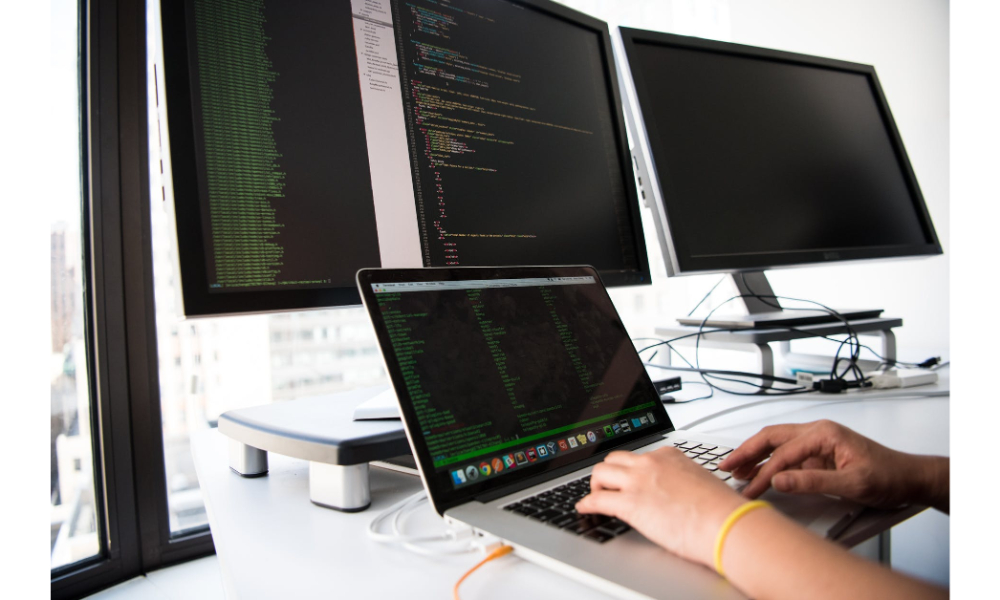Based on the 2012 report, Global Trends 2030: Alternative Worlds, printed the united states National Intelligence Council, four technology arenas will shape global economic, social and military developments by 2030. They’re information technologies, automation and manufacturing technologies, resource technologies, and health technologies.
Information technologies
Three technological developments by having an IT focus possess the capacity to change the way you will live, conduct business and safeguard ourselves before 2030.
1. Solutions for storage and processing vast amounts of information, including “big data”, will give you elevated possibilities for governments and commercial organizations to “know” their clients better. We’ve got the technology is here now but customers may resist assortment of a lot data. The point is, these solutions will probably herald a coming economic boom in The United States.
2. Social media technologies help individual users to create online social systems along with other users. They’re becoming area of the fabric of internet existence, as leading services integrate social functions into anything else a person might do online. Social systems enable helpful in addition to harmful communications across diverse user groups and geopolitical limitations.
3. Smart metropolitan areas are urban environments that leverage it-based methods to maximize citizens’ economic productivity and excellence of existence while minimizing sources consumption and ecological degradation.
Automation and manufacturing technologies
As manufacturing went global within the last 2 decades, a worldwide ecosystem of manufacturers, suppliers, and logistics companies has created. New manufacturing and automation technologies have the possibility to alter work patterns both in the developed and developing worlds.
1. Robotics is today being used in a variety of civil and military applications. Over 1.two million industrial robots happen to be in daily operations across the world and you will find growing applications for non-industrial robots. The United States military has a large number of robots in battlefields, home robots vacuum homes and cut lawns, and hospital robots patrol corridors and distribute supplies. Their use increases in in the future, with enhanced cognitive abilities, robotics might be hugely disruptive to the present global logistics system and also the traditional job allocations along supply chains.



